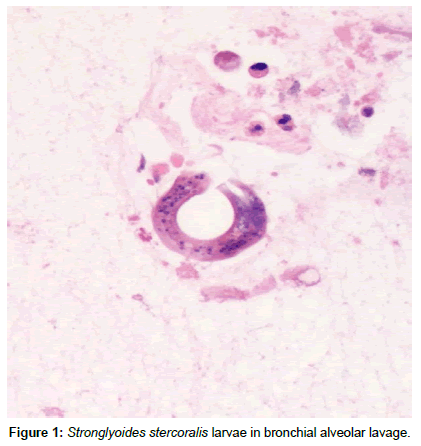 A healthy diet is step one in direction of a wholesome ache-free physique. By eliminating junk meals from your food regimen and changing it with contemporary fruit, greens and quality meat you will start to feel a lot better and your levels of irritation will lower. However because of the abundance and convenience of junk meals and the pressured life lots of people live, it turns into very tough to enjoy healthy meals each day. On prime of this, we’re being exposed to many toxic chemical compounds and pollution inflicting all type of harm and irritation in our body.
A healthy diet is step one in direction of a wholesome ache-free physique. By eliminating junk meals from your food regimen and changing it with contemporary fruit, greens and quality meat you will start to feel a lot better and your levels of irritation will lower. However because of the abundance and convenience of junk meals and the pressured life lots of people live, it turns into very tough to enjoy healthy meals each day. On prime of this, we’re being exposed to many toxic chemical compounds and pollution inflicting all type of harm and irritation in our body.
How to Grow: Start by purchasing a variety of seeds, such as radishes, kale, Swiss chard, beets, basil, and dill. Fill a shallow tray (no more than 2 inches deep, typically called seedling trays”) or a shallow pot with a drainage gap and fill the tray to the top with potting …
 Typically folks insist that getting a personal coach can make all the distinction in shedding weight. But there are many other methods to get the sort of help that these personal trainers can provide you, and customarily these ways are a lost more cost-effective. The following pointers will give you a chance to see different ways to get that very same kind of assist.
Typically folks insist that getting a personal coach can make all the distinction in shedding weight. But there are many other methods to get the sort of help that these personal trainers can provide you, and customarily these ways are a lost more cost-effective. The following pointers will give you a chance to see different ways to get that very same kind of assist. The lady’s breasts match into cups with out stress or ache. Radio waves bombard the tissue for only eight seconds with instant take a look at results.
The lady’s breasts match into cups with out stress or ache. Radio waves bombard the tissue for only eight seconds with instant take a look at results.
 Cornstarch or refined cornflour is a thickening agent usually used in soup stock and utilized in deep frying to create a crunchy mouth-delectable outer layer. You can see from its white shade that it’s extremely refined – and highly refined foods are stripped bare of any nutritional worth, thus making your physique crave ‘normal’ meals to meet your each day nutritional requirement. In small portions at a time, of course, cornstarch utilized in meals won’t have an effect on you drastically. But in giant portions, as with all the things, cornflour can pose some hazards.
Cornstarch or refined cornflour is a thickening agent usually used in soup stock and utilized in deep frying to create a crunchy mouth-delectable outer layer. You can see from its white shade that it’s extremely refined – and highly refined foods are stripped bare of any nutritional worth, thus making your physique crave ‘normal’ meals to meet your each day nutritional requirement. In small portions at a time, of course, cornstarch utilized in meals won’t have an effect on you drastically. But in giant portions, as with all the things, cornflour can pose some hazards.